(Fort de France 1869 - Douarnenez 1949)
The Dordogne at Beynac
Oil on canvas
H. 38 cm; L. 46 cm
Signed lower left, dated "January 3, 1935"
From a Breton family through his father, Désiré-Lucas was born in Martinique when his father married a Creole descendant of French colonists. Commissioner in the Navy, this father will naturally return with his whole family to Brest two years after the birth of Louis-Marie. Very quickly the boy devotes himself to drawing in his places of life, and develops real knowledge as an autodidact, realizing an important canvas at 16, La Jeune Ouessantine, kept today at the Museums of Fine Arts in Brest. In 1889, Désiré-Lucas joined the Académie Jullian in Paris, thanks to a scholarship offered by the city of Brest. He was then admitted to the École des Beaux-Arts and exhibited at the Salon in 1893, obtaining mentions and medals throughout his career.
In 1896, one of his works was refused at the Salon. This refusal is crucial in his life and his work, since he will leave Paris for a while on the advice of Gustave Moreau, in order to forget his apprenticeship and develop his own palette. He succeeded hands down this bet, obtaining an honorable mention at the Salon the following year with this style and this touch that we know him. The painter settled permanently in Brittany, moving from Vannes to Belz, then to Ploaré at the manor of Kerbervet where he ended his days after being received at the Academy of Fine Arts at the headquarters of Jacques-Emile Blanche.
Throughout his artistic career, Désiré-Lucas represents for the most part his Breton regions, of which he will cross the departments, bringing back from each city, each cove, each rock, a canvas or at least a small sketch. Shortly before the First World War, Désiré-Lucas met Lucien de Maleville in Paris, his youngest of 12 years his junior. The two men become friends and meet again during the conflict in Amiens, developing an even stronger bond which leads them a few years later to joint trips to Spain (1930/31) in the company of René-Marie Joly de Beynac . The three men also meet regularly in those years in Périgord, from where Désiré-Lucas brings back works.
It was in January 1935 that the Breton painter produced this canvas representing the banks of the Dordogne in Beynac. The plant mass is fleshed out compared to reality, where logically a luminous gap opens above the houses. The river offers a very beautiful golden reflection of the houses, slightly blurred by the bluish gray of the sky. A few fishermen on their boats enliven the summer composition, undoubtedly made in the painter's studio in the middle of winter. Another painting representing Beynac, this time with the fortress dominating the village, was made at the same time and kept at the Museum of Fine Arts in Quimper.



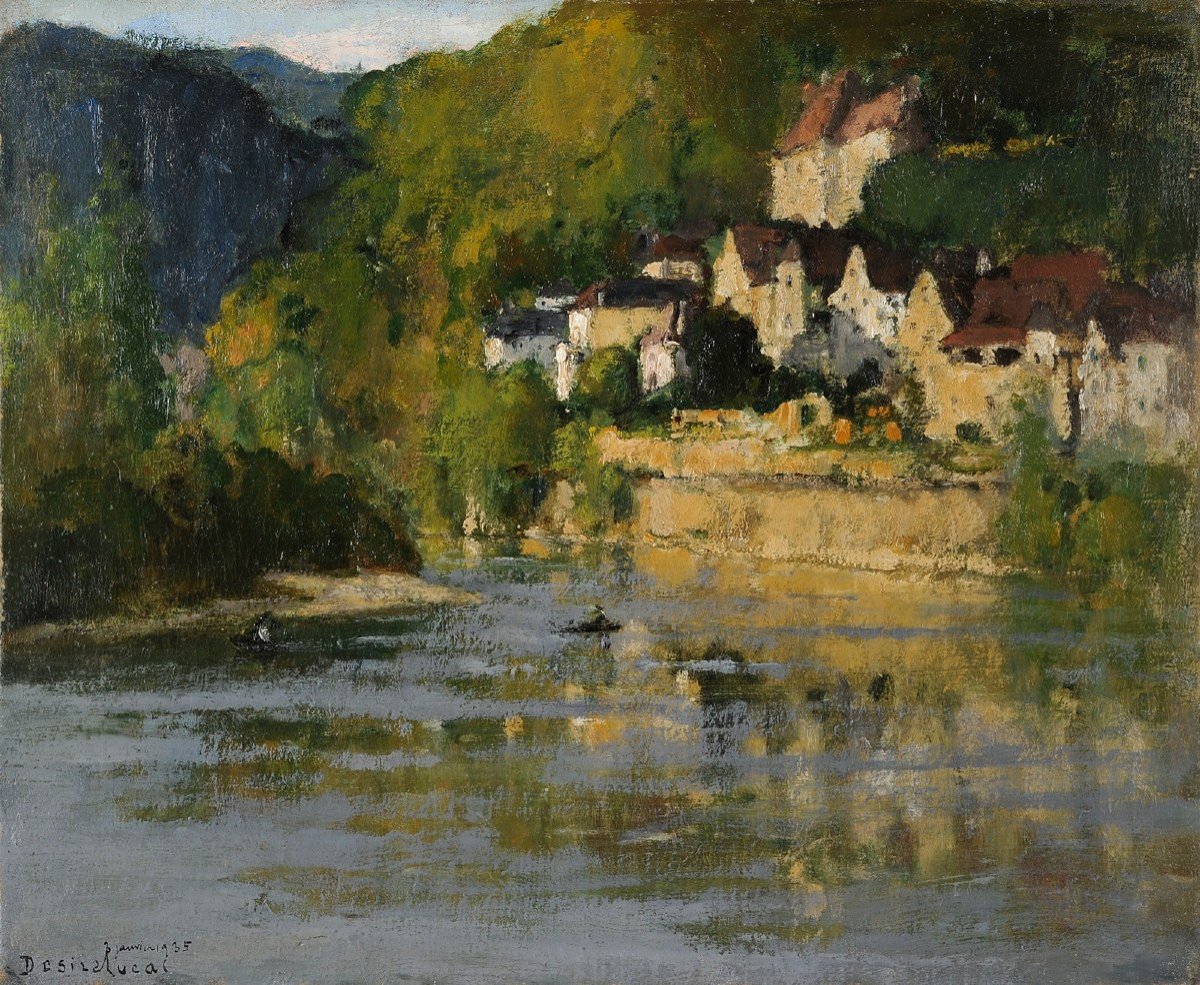
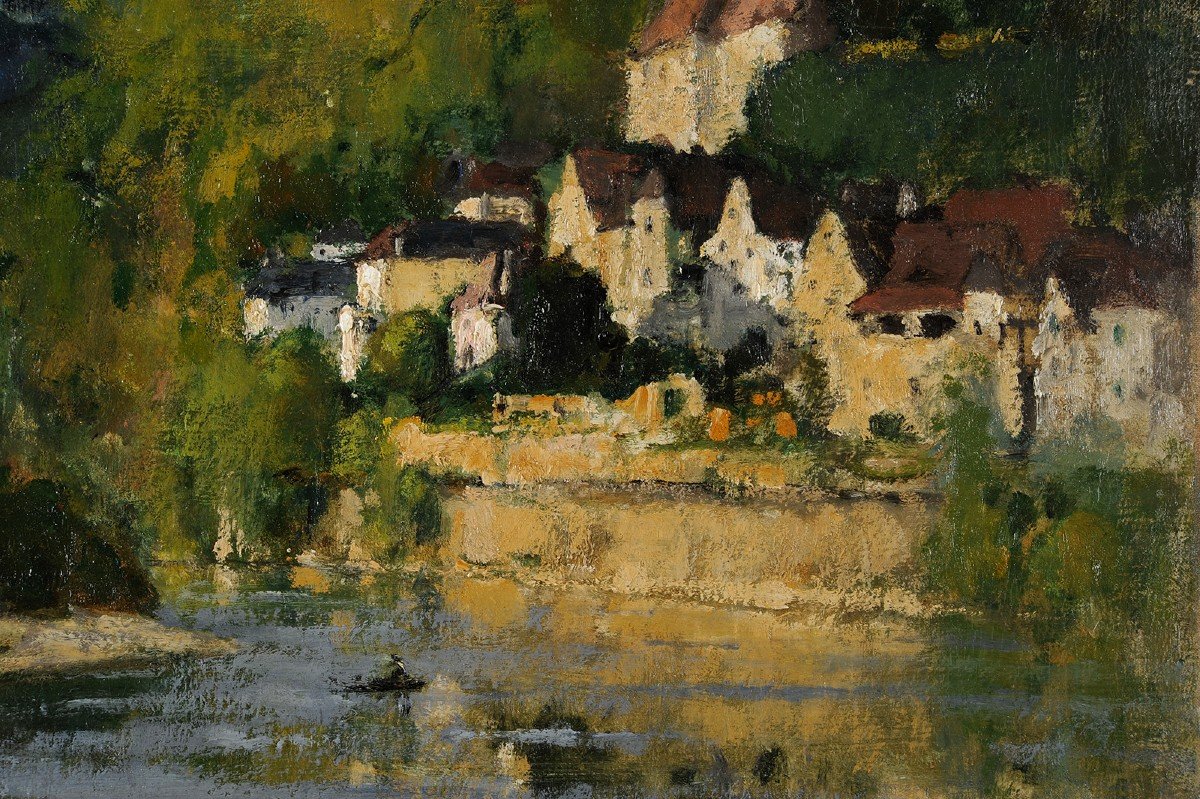
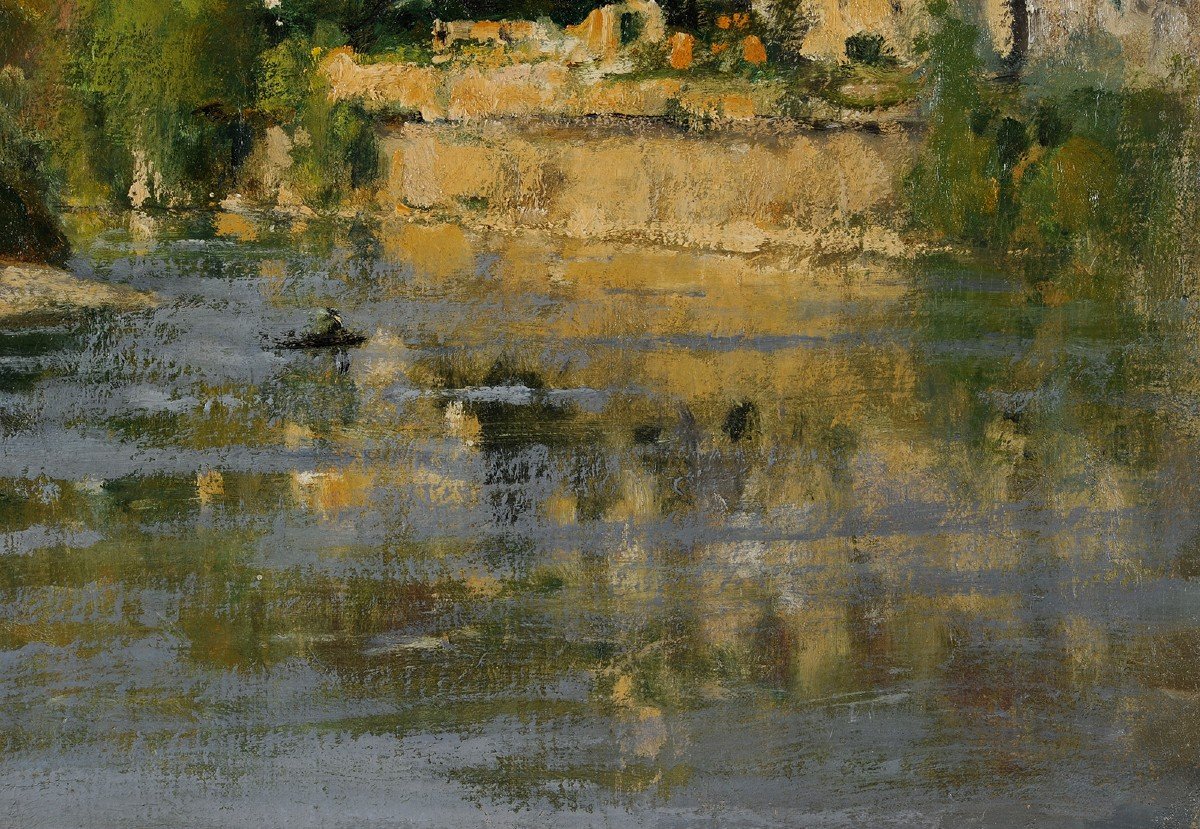

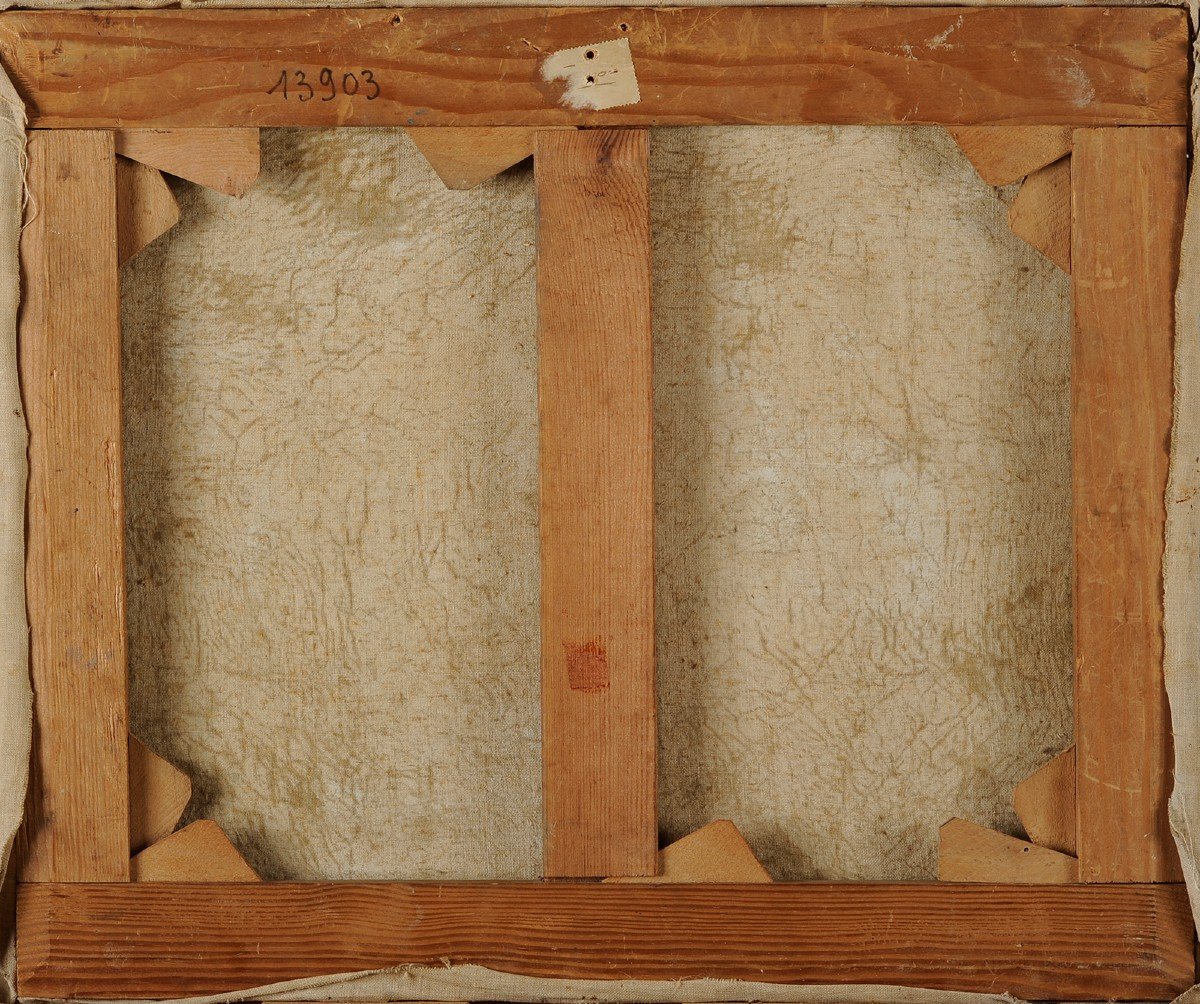
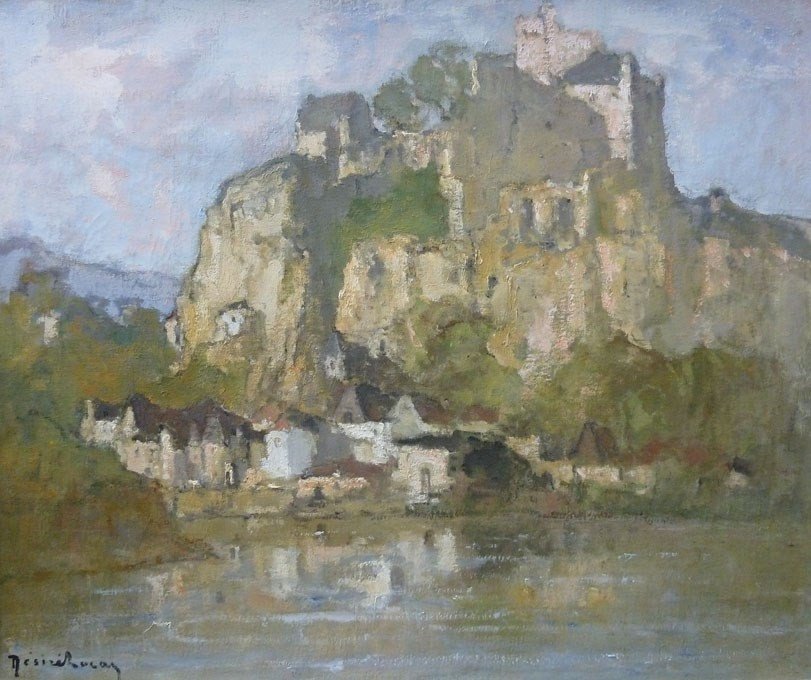


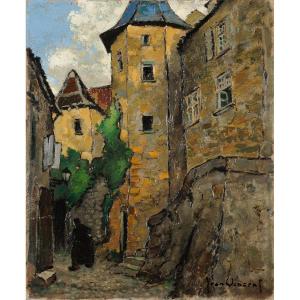



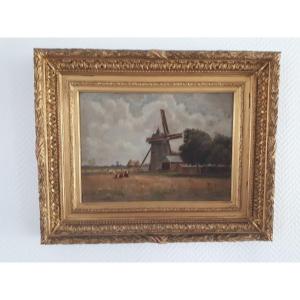




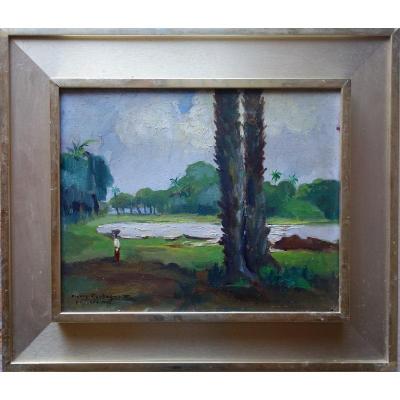



 Le Magazine de PROANTIC
Le Magazine de PROANTIC TRÉSORS Magazine
TRÉSORS Magazine Rivista Artiquariato
Rivista Artiquariato
